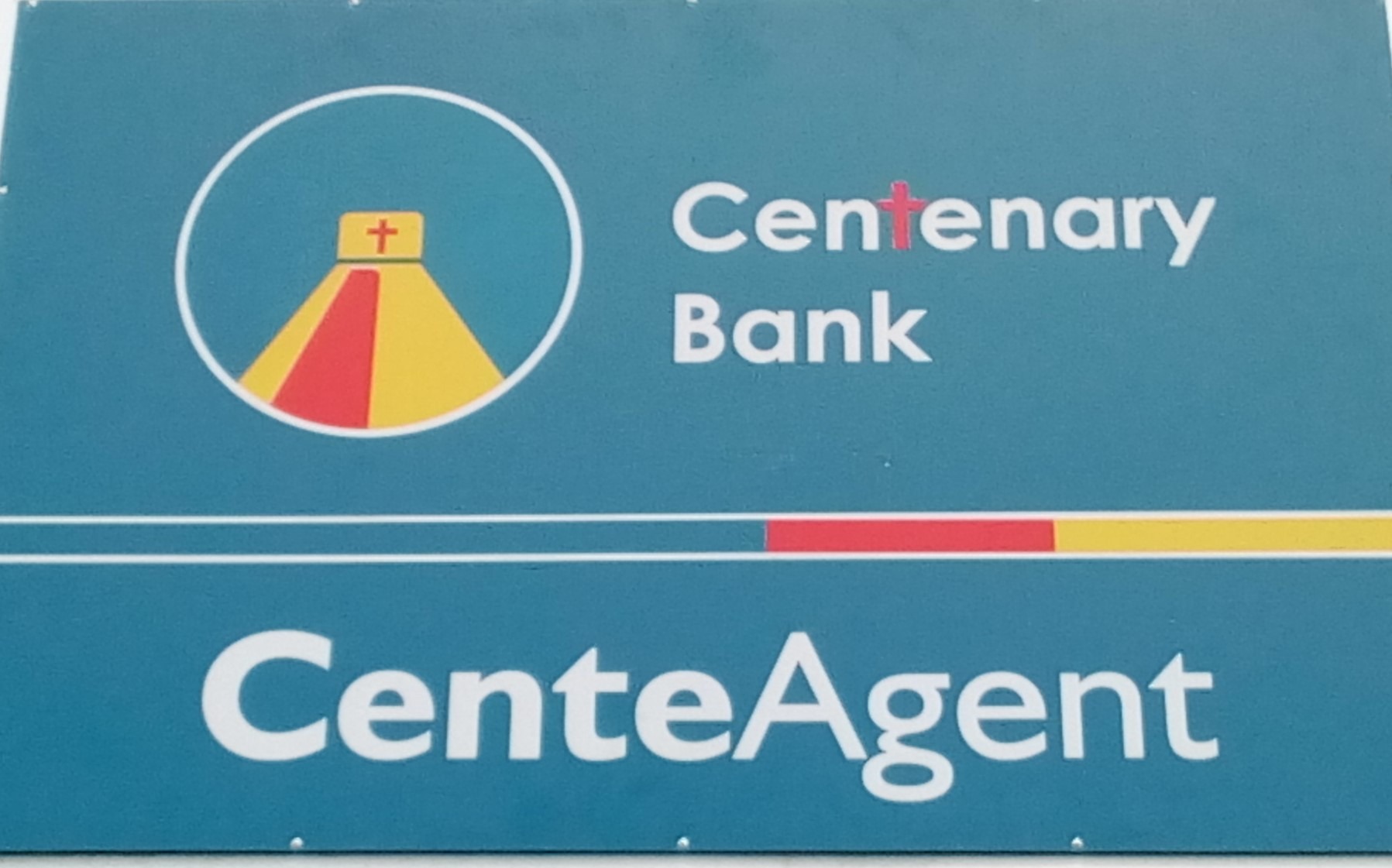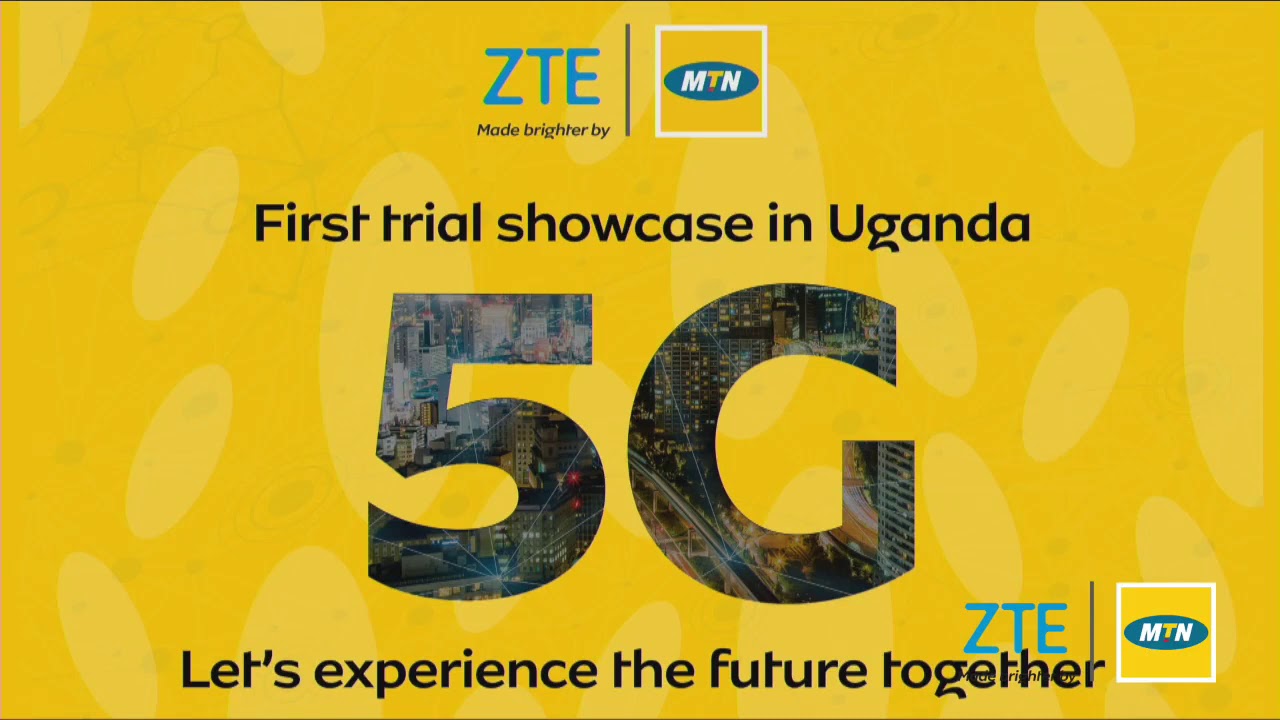The National Information Technology Authority (NITA-U) is making big strides towards introduction and operationalization of e-Government in Uganda, making the country one of the torch bearers in the East African region.
Electronic Governance (or e-Governance) is the application and use of Information and Communication Technologies (ICTs) to deliver services provided by government to its various stakeholders – including citizens, businesses and other government entities (ministries, departments and agencies.
This is done through integration of various stand-alone government systems to bring about shared and common platforms to enable interactions between Government -to-Citizens (G2C), Government -to-Business (G2B), and Government -to-Government (G2G). These platforms are linked with back office processes and interactions of the old Government bureaucracy.
Through e-Governance, services are made available to the citizens in a convenient, efficient, and transparent manner through ICT based platforms.
NITA-U recently rolled out the UGhub platform that is intended to integrate all government services, thereby easing service delivery and creating more efficiency in their delivery. Developed with funding from the World Bank under the Regional Communication Infrastructure Program (RCIP), the platform is intended to bring about seamless sharing of data across government systems in a rational, secure, efficient and sustainable way.
According to Collin Babirukamu, NITA-U Director e-Governance Services, the rationale behind UGhub is to improve service delivery to citizens as well as enhance planning, decision- making and reporting across Government MDAs.
Babirukamu told The Infrastructure Magazine: “To date, we have completed the integration of the 13 pilot government entities and a number of financial institutions. With UGhub, government entities will have timely access to data and information and be able to coordinate with colleagues across different agencies.”
The end game of all of this, said Dr Hatwib Mugasa, NITA-U’s Executive Director, is enabling efficiency across agencies for better service delivery to the citizens.
“For example, there will be no more need for a citizen to fill out multiple documents just to access a government service or make multiple visits to an office to follow up a service request,” he said.
For public officers, the hub means they will have ready access to data and information to better measure the effectiveness of policies and interventions and will spend more time analyzing and designing.
In addition, instead of filling out paperwork, which has been a key challenge, they will be able to coordinate with colleagues across different agencies and respond as one government to solve complex problems, more effectively and at a lower cost than was previously possible.
Time taken to collect and validate information in order take a strategic decision will be reduced, there will be accurate information for future planning and reduced duplication and inconsistencies in data across government .
According to Dr. Mugasa, the citizen will benefit mostly from reduced queues and visits at Government offices. They will not have to go through filling multiple documents to receive a service; no need to do more arduous trips to follow up on files for services and no more need for attachments, or copies of documents made when applying for services.
Besides, Babirukamu told this Magazine, “in this era of the pandemic, the hub will support in reducing infections through minimized human to human interactions.”
James Kyewalabye Kabajo, the NITA-U acting board chairman, said: “Clearly UGhub is a game changer in service delivery and will be anchored by the National Backbone Infrastructure (NBI) so as to connect all districts and towns via an optical fiber-based network.”
The NBI currently spans over 4,000km across 56 districts and connecting over 1,400 government offices. This enables reliable transmission of data and other e-Government services and has enhanced the efficiency and effectiveness of communication as well as service delivery to the citizens.
Julius Torach, the Commissioner Information Technology, Ministry of ICT and National Guidance described the UGhub as one of the foundation projects which has turned out to be a milestone in the development of e-Services in the country.
“UGhub hosts e-services like immigration (issuance of passports and the National ID), driving permits, Kampala Capital City Authority, Uganda Revenue Authority, services, among others in one portal which eases access to these services swiftly without the need for one to go to a physical office,” Torach said.
With the UGhub, Uganda joins Kenya and Rwanda the digital beacons in East Africa. Generally, Kenya is recognized as one of the regional digital innovation capitals in Africa- the others being Nigeria, South Africa, Egypt and Ghana.
Although Kenya is generally acknowledged for its digital innovations leadership, it is also true that the private sector was way ahead in innovating than the public sector in that country. Kenya is known as the cradle-land of mobile money – where Safaricom’s digital money – M-Pesa- is generally seen as the mother of the mobile money revolution in Africa, and around the world.
Although M-Pesa was launched in 2007, it took another 8 years for the Kenyan Government to take its own services online. In 2015, it launched its e-Citizen a platform which took several key government services online. Today one is able to do land transactions, immigration, tax, civil (marriage), among others on the e-Citizen platform.
In East Africa, Rwanda is the other country to transform its government services through its Irembo Digital Platform. The Irembo is a web portal which offers government services to Rwandan citizens via the Internet. The platform was launched in 2015 and allows Rwandans to access 85 government services online such as applying for birth certificates, registering for drivers’ licenses and land title transfers. Rwanda has the target to add 100 more e-Government services over the next three years.
Evaluation studies on the Irembo show that so far it has processed over 2.7 million transactions by some 2.4 million unique users, a relatively high number for a country with a population of about 12 million people.
Studies show that the introduction of the platform has had many benefits to Rwanda’s economy. These include less paperwork in government offices and less travel expenses and waiting times for citizens. Rwanda has registered a significant reduction in corruption. According to Transparency International, Rwanda is the third least-corrupt country in Africa. The Rwanda Police opportunities to solicit bribes has been dealt a blow as the Irembo platform is used to document and process traffic violations, for example.
Rwanda’s large boom in start-up activity, making it a major start-up hub, has also been attributed to its strong e-Government platform. Many new companies have emerged which are using the platform in areas such as e-payments, remittances, e-learning and e-tourism that are creating widespread benefits across the entire economy.













